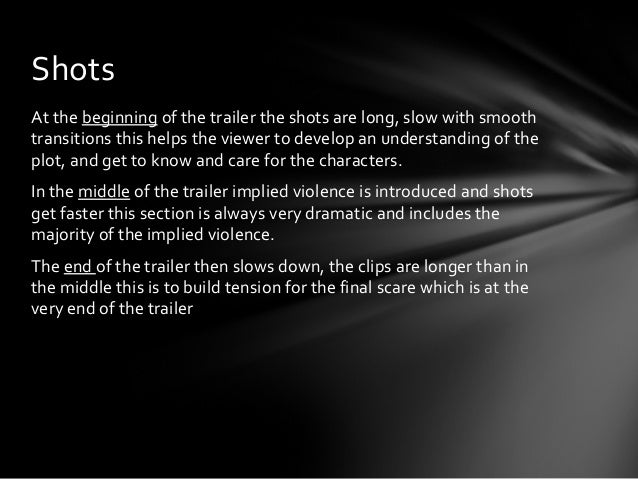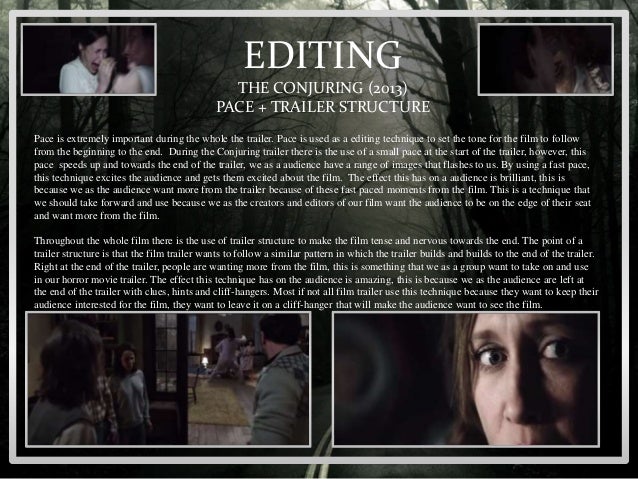Cover image via
Parallel editing is a powerful tool for film editors. Here are some classic Hollywood examples of the technique that will show you how to pull it off.
There’s one technique that tends to stand out from the myriad editing techniques used by pros: parallel editing aka cross cutting. This editing technique is the process of alternating between two or more scenes that happen simultaneously in different locations within the world of the film. With most films that utilize parallel editing, the corresponding scenes will eventually meet or have some sort of connecting action.
The horrors of WhatsApp fakery: Innocents continue to be lynched May 25, 2018, 12:19 PM IST Quick Edit in TOI Editorials, Economy, India, Lifestyle, politics, TOI. Here is a rundown of common terms for editing services as well as some other terms editors may use to describe them. These are arranged from heaviest editing to lightest editing. Developmental editing (may also be called structural or content) – looks at the book’s big picture and overall structure in nonfiction or plot and characters in.

In order to learn how to utilize this powerful technique, let’s look back at the some of the best examples from cinematic history. From there, we’ll determine the value of using parallel editing, as well as when it should be utilized. First, a brief history of parallel editing.
A Brief History of Parallel Editing
In just about any film class, the first example of parallel editing you’ll learn about is from 1903’s The Great Train Robbery. In this film, director Edwin S. Porter and his editor utilize the technique of parallelediting to build suspense and cinematic flow. This technique was also used to give additional exposition to the narrative of the film.
Image: The Great Train Robbery via Edison Manufacturing Company
In 1915’s Birth of a Nation, director D.W. Griffith uses parallelediting to build dramatic tension, as well as build the relationships of characters within the world. The use of this technique was incredibly well done in the film, and it’s widely regarded (in terms of historical value) as it was one of the first films to have simultaneous action. However, Griffith’s groundbreaking techniques would be overshadowed by the rightful criticism of the film’s controversial depiction of slavery and racism.
Image: Intolerance, D.W. Griffith’s second film after Birth of a Nation via Triangle Distributing Corporation
Obviously, Griffith isn’t the only filmmaker to use parallel editing. Filmmakers such as John Ford, Steven Spielberg, Stanley Kubrick, Martin Scorsese, and Christopher Nolan utilize parallel editing almost routinely today.
The Horrors Of Editing Softwares
So, where is the value in using parallel editing and when should it be used? Let’s look at these two questions and try to find some answers.
Where’s the Value?
The value in using parallel editing is that the technique adds another layer of suspense or pacing to the narrative. A great example of this value can be seen in the The Godfather. Here, director Francis Ford Coppola knew that a scene where Michael Corleone stands watch at a baptism could bring the pacing of the film to a halt.
The Horrors Of Editing Software

Image: The Godfather via Paramount Pictures
In order to showcase the contrast between Michael’s declaration and what he has asked his henchmen to do, Coppola utilizes parallel editing. This increases the pacing and tempo of the scene and, in turn, makes the baptism portion of the scene so much more powerful.
Video via Movieclips
When Should It Be Used?
Horror Editing

You’re definitely going to need a budget to make parallel editing happen, as it requires filming two sets of action that work together. You also can’t just throw a paralleledit in a film for no reason. Just like with any camera composition or editing technique, there needs to be motivation behind it — a reason to utilize it.
A great example of the motivated use of parallel editing comes from The Silence of the Lambs. In this scene, director Jonathan Demme utilizes the technique to perfection as we watch the FBI raid a house they believe belongs to Buffalo Bill. We even see Buffalo Bill react to the bell in his dungeon, which correlates to the FBI agent ringing the bell in the secondary scene. However, when Buffalo Bill answers the door, we realize that agents aren’t on his front step — but Clarice Starling is.
Video via Gabriel Moura
One of the most famous recent uses of the technique is found in Inception. Director Christopher Nolan uses the technique specifically to help convey multiple dream states within the narrative. Because of this specific narrative, nearly the entire film is one long series of paralleledits.
Video via The Tykjen

Mastering this technique will come in handy when you need to increase the tension and pace of a film, while also giving the audience more in-depth visual information for the narrative.
What are your favorite uses of parallelediting? Please share them in the comments below!
Column by Richard Thomas
Horror Editor
Richard Thomas is the award-winning author of seven books: three novels—Disintegration and Breaker (Penguin Random House Alibi), as well as Transubstantiate (Otherworld Publications); three short story collections—Staring into the Abyss (Kraken Press), Herniated Roots (Snubnose Press), and Tribulations (Cemetery Dance); and one novella in The Soul Standard (Dzanc Books). With over 140 stories published, his credits include The Best Horror of the Year (Volume Eleven), Cemetery Dance (twice),Behold!: Oddities, Curiosities and Undefinable Wonders (Bram Stoker winner), PANK, storySouth, Gargoyle, Weird Fiction Review, Midwestern Gothic, Gutted: Beautiful Horror Stories, Qualia Nous, Chiral Mad (numbers 2-4), and Shivers VI (with Stephen King and Peter Straub). He has won contests at ChiZine and One Buck Horror, has received five Pushcart Prize nominations, and has been long-listed for Best Horror of the Year six times. He was also the editor of four anthologies: The New Black and Exigencies (Dark House Press), The Lineup: 20 Provocative Women Writers (Black Lawrence Press) and Burnt Tongues (Medallion Press) with Chuck Palahniuk. He has been nominated for the Bram Stoker, Shirley Jackson, and Thriller awards. In his spare time he is a columnist at Lit Reactor and Editor-in-Chief at Gamut Magazine. His agent is Paula Munier at Talcott Notch. For more information visit www.whatdoesnotkillme.com.